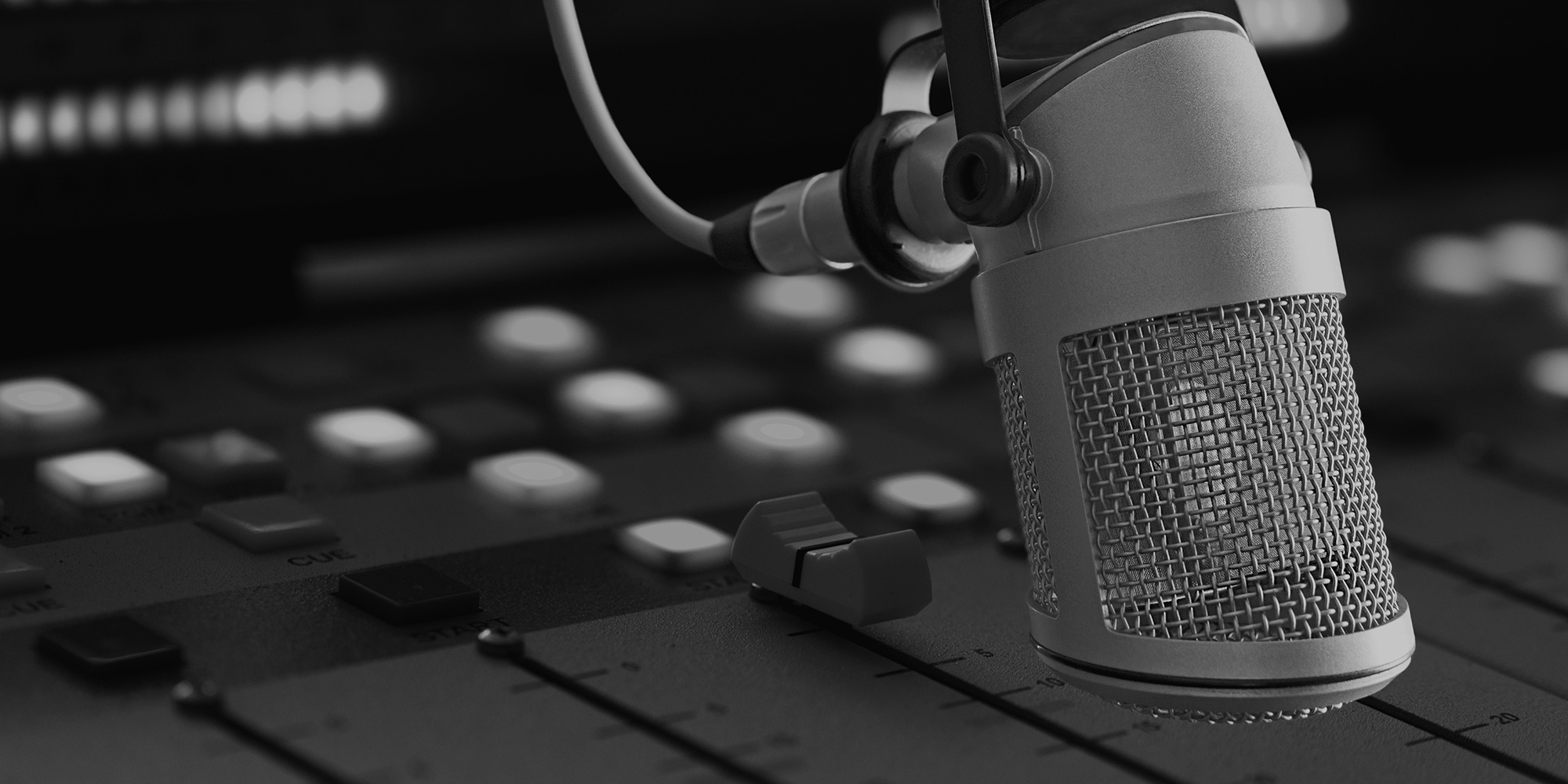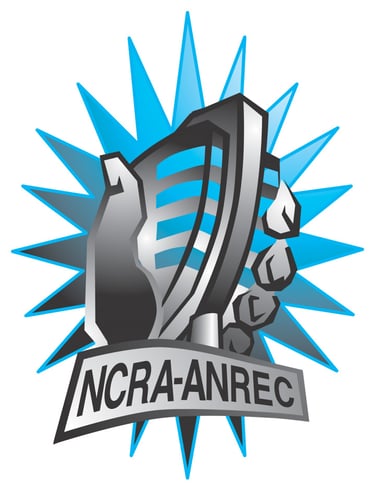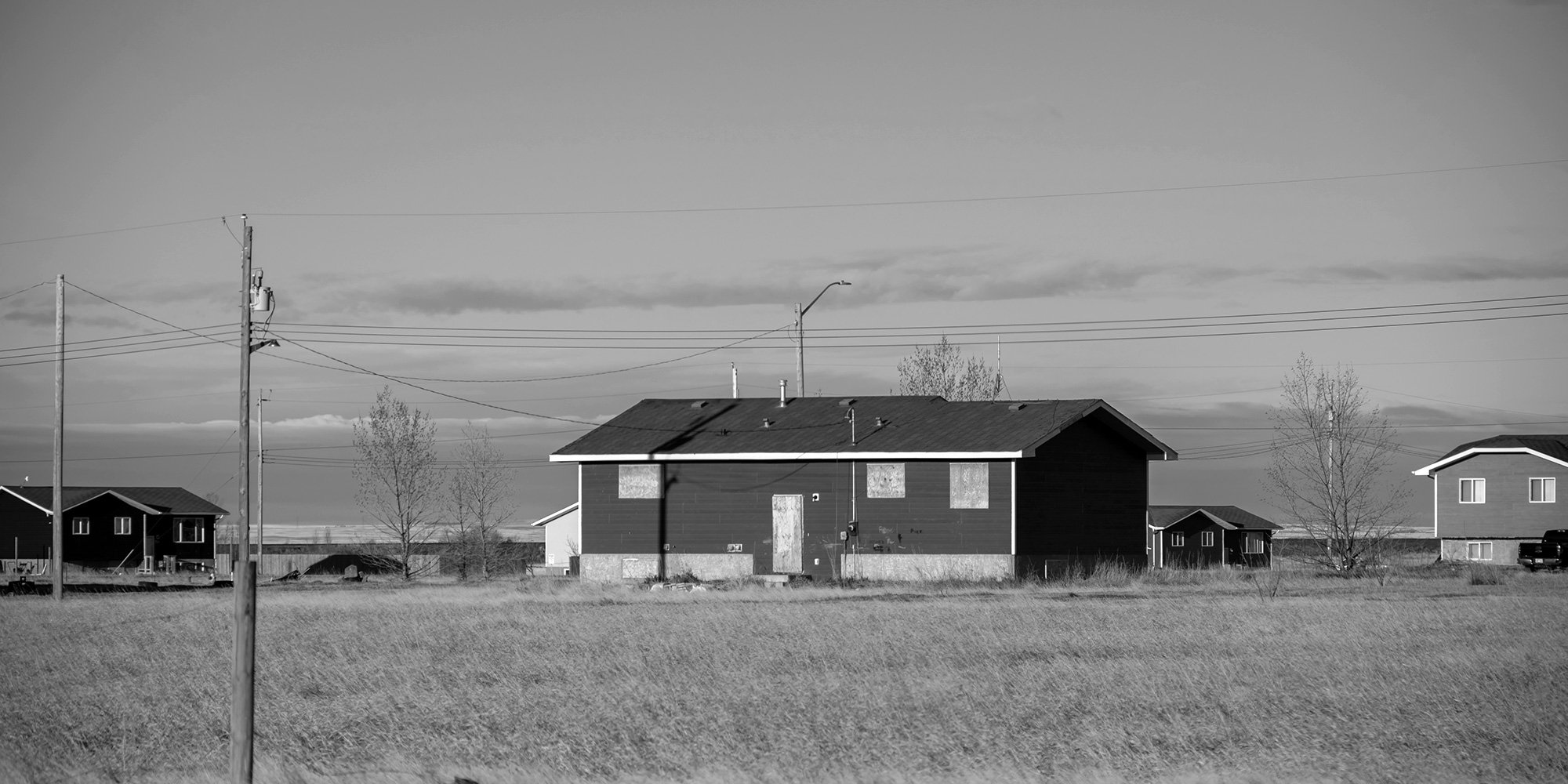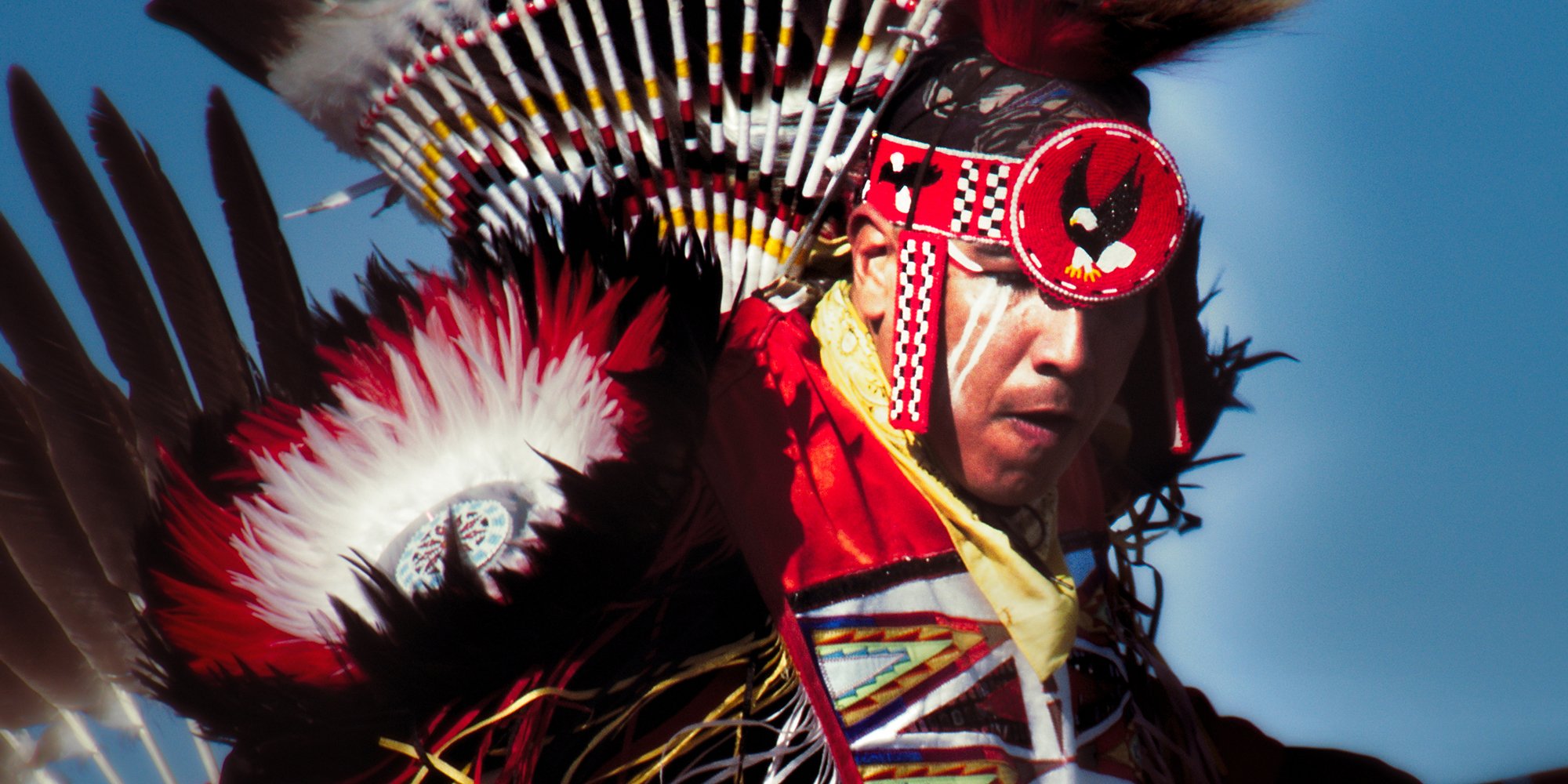Inadequate Housing and Crowded Living Conditions - #3 of 8 Key Issues
Indigenous People face the worst housing outcomes in the country. Hon. Marc Miller, Minister of Crown-Indigenous Relations [1] To understand the...

By Juanita Muwanga
Gimaa radio CHYF 88.9, which broadcasts from M'chigeeng First Nation, started as a dream of the late Carl Beam, an internationally known Indigenous artist whose works dealt with colonialism, language, and the spirit. As a child he was sent to Garnier Residential school and learned firsthand the power of language, and what happens to a people when their own are denied them.

Community radio has helped preserve our culture and traditions and is relatively inexpensive to set up and get going. The programming created helps us better understand and value our cultural identity. Not only is it a great place for language revitalization, but it is also an important cultural hub.
Here are 7 not-so-secret advantages of First Nations Radio:
Anishinaabek peoples have been an oral culture for millennia, with storytelling held in high regard. As a vehicle for language preservation, radio is a priceless tool that captures events and moments with first speakers and relays them for those who do not have the chance to interact with elders on a daily basis. Additionally, preserving language in a written way is important but there are many languages, such as Latin, that are written but not spoken thereby losing the vitality of being a living language.
Being able to hear Indigenous languages constantly on the radio with many speakers and topics allows listeners to create their own immersive language experience, which leads to greater levels of fluency.
Community radio is a great way to inform folks about what’s going on in the community and provides a platform for sharing opinions. The information is shared with listeners by journalists who are community members - the very fabric of the community.
Community radio is the voice for local businesses. In smaller centres, having a direct line to community members can be a great, cost-effective marketing tool to broadcast promotional material.
Community radio stations are the best place to hear local bands/artists who might not get air time on a mainstream station. Musicians are able to submit their albums and have their music broadcast. So if you are an artist submit your content to a local station near you.
Journalists get to play music and talk about issues close to their hearts. Some of the callers are hilarious, the regular contributors can feel like best friends, and even on the bad days, it's still a lot of fun.
Rather than being responsible for the interests of advertisers, our main interest is the community. We cover topics as diverse as the community we live in. We serve as a representation and reflection of our listeners.
Featured photo: Shutterstock

Indigenous People face the worst housing outcomes in the country. Hon. Marc Miller, Minister of Crown-Indigenous Relations [1] To understand the...

Indigenous awareness is a broad term – I know because my onsite and public workshops are dedicated to helping people understand the full extent of...

When reading statistics about the Aboriginal population in Canada, keep in mind that just as there is cultural diversity, there is also great...